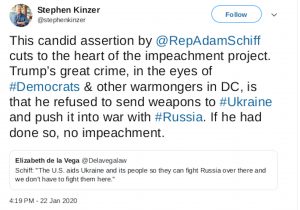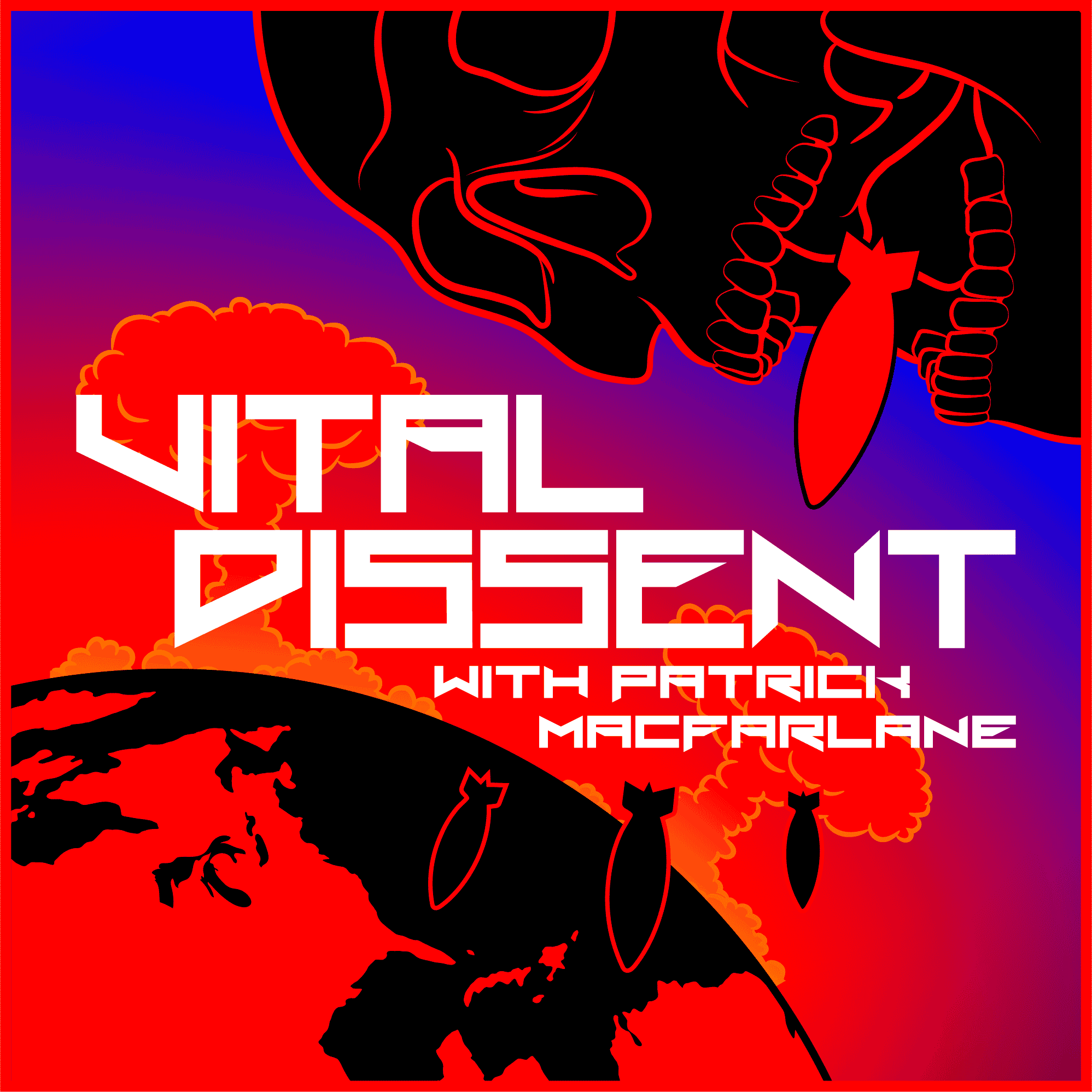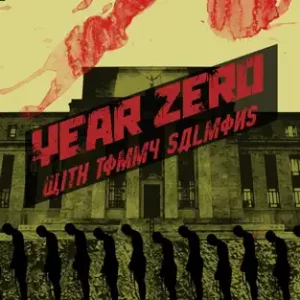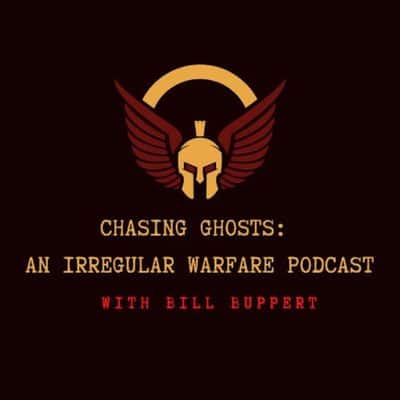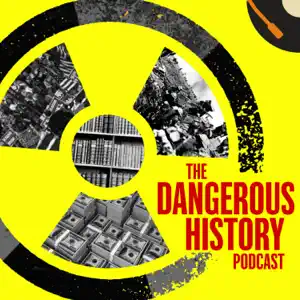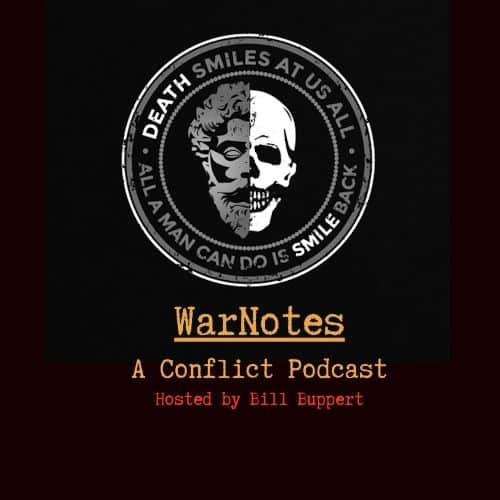Prime Minister Benjamin Netanyahu received the gift of the century on Thursday when Vice President Mike Pence invited him and Blue and White leader Benny Gantz to the White House for talks next Tuesday about the long-awaited peace plan, otherwise known as the ‘Deal Of The Century.”
This sounds like a trap for Gantz. According to The Jerusalem Post, Gantz was invited to the meeting by V.P. Mike Pence at the request of Netanyahu. They believe Trump is going to offer a favorable peace plan, a defense pact and probably anything else the Israelis want. All they have to do in exchange is form a coalition government. Bibi will get immunity, Trump will probably get another $25 million campaign contribution from Sheldon Adelson and the unconditional support of Evangelical Christian Zionists in the U.S.
As the JPost states: “Who will be able to say no?“


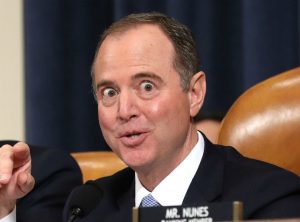 What a world.
What a world.